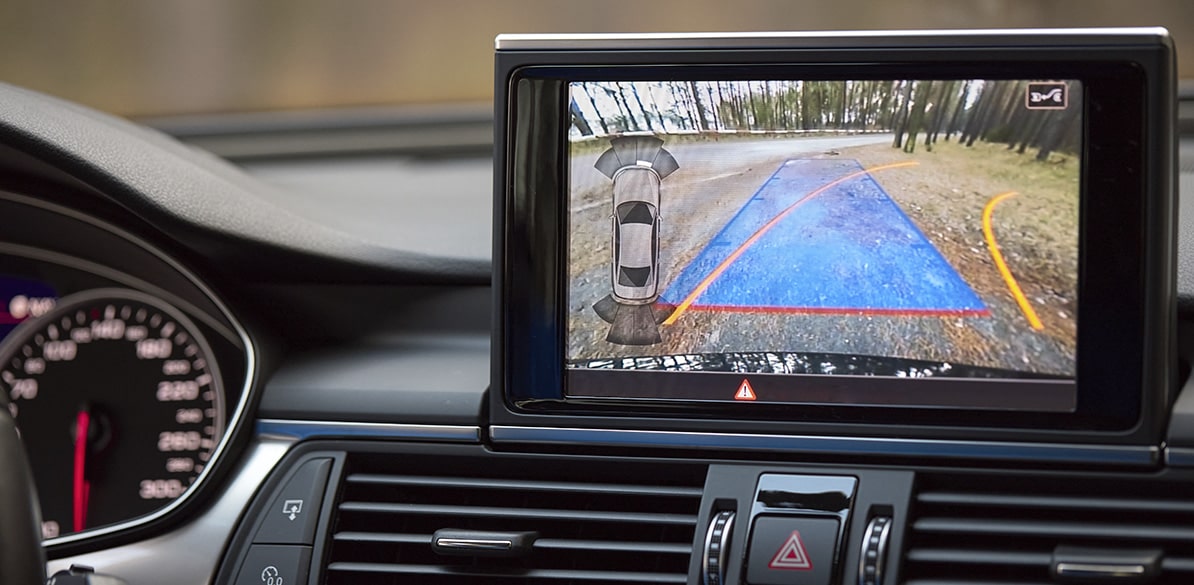ADAS are coming to our vehicles to save lives
As of July 6, newly approved vehicles will be safer

Road Safety
The first thing you should be aware of is what ADAS are. They are a series of technological advances that, when installed in vehicles, enhance driving comfort, but more importantly, improve the safety of both you and other road users. According to the Spanish Directorate General of Traffic (DGT), their use can reduce the risk of traffic accidents by 57%. This means that 51,000 road accidents could be avoided or have less severe consequences.
In recent years, some of these systems have already been incorporated into new vehicles; for example, in 2014, the unbuckled seat belt warning system in front seats and tire pressure monitoring systems were introduced as standard. And the e-call or emergency call system was also included as standard in cars approved as of April 1, 2018.
The European Commission has decided to push ahead with road safety by making it compulsory for all manufacturers to include some of these systems as standard, and three phases have been established for this purpose. In July 2022, the first phase, which affects newly approved vehicles, will be implemented. New cars that were previously approved are not obliged to incorporate them and will be able to delay this until 2026. Nor does the regulation affect used cars that are already on the road.
In this first phase, the ADAS to be incorporated from July 6, 2022, into newly homologated vehicles are the following:
- Intelligent Speed Assistance (ISA): This system alerts the driver when the speed limit is exceeded and causes the vehicle to reduce its speed to the permitted limit. As soon as the driver accelerates, the system is deactivated, giving the driver full control of the vehicle again. The device continuously adapts the vehicle’s speed to the speed of the signals, via cruise control.
- Rear camera with cross-traffic detection: The rear camera facilitates reversing and parking, and, in addition, warns the driver of obstacles in their path within a 30-meter radius, such as other cars, pedestrians, cyclists or electric scooters. If this happens, a danger signal will alert the driver, showing from which side the obstacle is coming and, if the driver does not brake, the car will do this on its own.
- Lane Departure Warning (LDW): This system warns the driver when the vehicle has crossed a line and left the lane without having previously signaled, as it understands that this is driver inattention. The goal is to alert the driver to the fact that the vehicle is drifting out of the lane and get them to react.
- Fatigue and drowsiness detector: The system warns the driver when they lose focus at the wheel, either due to fatigue or drowsiness. How does it sense this? The system analyzes the driver’s typical behavior pattern from the beginning of the trip and assesses whether they are continuously being inaccurate or correcting abruptly. It then activates an acoustic, visual or sensory alarm, such as vibrating the steering wheel or seat. Additionally, every two hours it warns the driver that they need to consider having a break.
- Emergency braking system BAS and EBA: This system reduces the risk of a rear-end or cornering collision by causing the car to stop, or brake as much as possible, in the event of a possible collision with another stationary or moving vehicle. It also acts on the ABS and stability control. If the driver does not react, the system brakes automatically. In a second phase, in 2026, it is planned that this system will also detect the presence of pedestrians and cyclists.
- Ignition interlock, with breathalyzer: This system, which is also known as Alcolock, will be incorporated from July 6, 2022 in all approved vehicles intended for passenger transport. However, for cars the only thing that is mandatory as of July is the pre-installation of the system, so that it can be retrofitted in the future. The driver blows into a breathalyzer before starting the vehicle; if they have not drunk alcohol, the vehicle is allowed to start; if not, the vehicle is paralyzed.
- Event data recorder (EDR): This technology is similar to the black boxes in airplanes. The EDR (Event Data Recorder) records basic vehicle information, including speed, engine revolutions, impact force and steering movements, so that in the event of an accident it is possible to ascertain what happened. The data is anonymous, and not even the vehicle’s license plate number can be identified. This system cannot be deactivated by the user.
- Rear seat belt alert: Currently, cars must carry an alarm that indicates when the front seat belts are not being used if these seats are occupied. As of July 2022, this warning device will also be mandatory for the rear seats of all newly approved vehicles.
Technology is the key to avoiding further road accident casualties. If you are buying a new vehicle, weigh up which ADAS it includes and choose the safest option.
